I finished 2010 having read 80 books. That’s the best I’ve done in a couple decades. One of the perks of having surgery is the recovery time–lots of down time which is perfect for reading. I had three surgeries in 2010, and also spent a lot of time in hospitals while my Dad was having quadruple bypass surgery. In that way, I plowed through the books.
Most of them were fiction, and most of the fiction books were mysteries. Here are my ten favorites, in order.
- The Winter of Frankie Machine (Don Winslow). A former mob hitman, who built a life apart from the mob, gets sucked back in when someone tries to kill him. Lots of little things going on, and every one of them is tied up by the end of the book. Just superb.
- Pop. 1280 (Jim Thompson). Told first-person by a sociopathic town sheriff. If you like roman noir–and you’ve got to be slightly twisted to like it–you’ll love this book. Thompson’s “The Killer Inside Me” is probably better known, and may be a better book (also about a murderous policeman), but Pop. 1280 was endearingly quirky.
- The Return of the Dancing Master (Henning Mankell). The first Mankell book I’ve read that wasn’t about detective Kurt Wallander.
- The Galton Case (Ross MacDonald). Perhaps the best Ross MacDonald book that I’ve read thus far in the Lew Archer series.
- The Girl Who Played with Fire (Stieg Larsson). Not as good as “Girl with the Dragon Tattoo,” but still REALLY good. Lisbeth Salander, one of the most interesting female characters in any book, was the focus this time.
- Judas Horse (April Smith). I read two April Smith books back-to-back. Both were excellent. The main character is a female FBI agent.
- Stranger in Paradise (Robert Parker). A Jesse Stone novel, probably my favorite so far.
- The Hunger Games (Suzanne Collins). This awakened me to the whole world of juvenile fiction, where I’m finding some good books. Two more books in this series yet to read. About a future totalitarian society in which teens are selected to compete in a televised death-match.
- The Long Goodbye (Raymond Chandler). This was a darker, humorless, less likable Philip Marlowe than in Chandler’s previous books in the series. But the plot was extraordinary.
- Sunset and Sawdust (Joe Lansdale). Set in East Texas in roughly the same era as “The Bottoms,” which is an even better book. This one involves a woman sheriff in the early 1900s.Lansdale’s depiction of race relations in that era and territory is what really keeps me glued.
On the nonfiction front, let me mention a few books I read.
- Where Men Win Glory (Jon Krakauer). This is the story of Pat Tillman, told by a true literary craftsman. Fascinating book. Tillman did not have a good experience in the military.
- Tears in the Darkness (Michael Norman). A new book on the Bataan death march, revolving around a soldier who survived it. The depiction of the days leading up to Japan’s invasion of the Philippines, and the ferocious fight the Americans put up, was especially interesting. Douglas MacArthur, who didn’t prepare for the inevitable warfare, comes across very poorly.
- War (Sebastian Junger). A wonderful book about US soldiers constantly under fire in a remote area of Afghanistan along the Pakistan border. Junger, like Krakauer, is an amazing writer. This book really teaches you what goes on in war.
- The Bottom Billion (Paul Collier). Somewhat of an academic book about the billion people in the world who live in the poorest countries. Focuses on the factors which keep those countries from developing. Very illuminating, and important.
- Joker One (Donovan Campbell). Campbell was a platoon commander in Ramadhi, Iraq, I prefer books by reporters, but Campbell tells his story with such humanity. You see a leader with a servant heart. This book was a pleasant surprise.


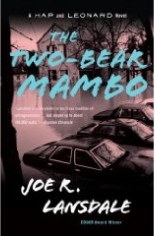 “The Two Bear Mambo” (1995) is the third “Hap and Leonard” book by Joe Lansdale, all of which are now published under the Black Lizard imprint. I previously described them as a poor-man’s Spenser and Hawk. I still think that’s fairly accurate.
“The Two Bear Mambo” (1995) is the third “Hap and Leonard” book by Joe Lansdale, all of which are now published under the Black Lizard imprint. I previously described them as a poor-man’s Spenser and Hawk. I still think that’s fairly accurate.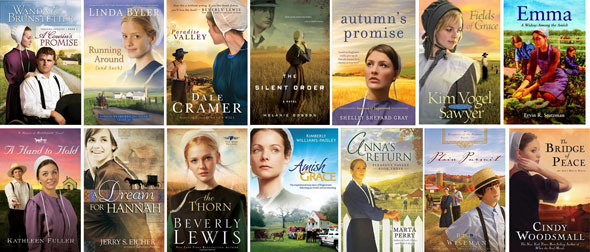
 “Playback,” published in 1958, was Raymond Chandler’s last novel. He only wrote 9 of them. Unless you count the unfinished “Poodle Springs,” which Robert Parker completed in 1989 and which I hear isn’t very good. I don’t figure on reading that one.
“Playback,” published in 1958, was Raymond Chandler’s last novel. He only wrote 9 of them. Unless you count the unfinished “Poodle Springs,” which Robert Parker completed in 1989 and which I hear isn’t very good. I don’t figure on reading that one.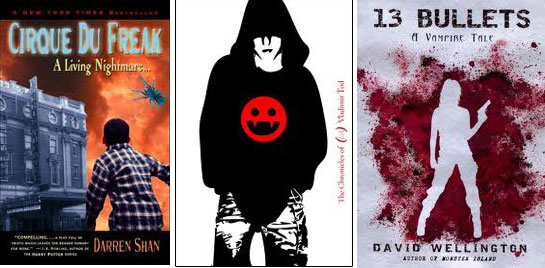
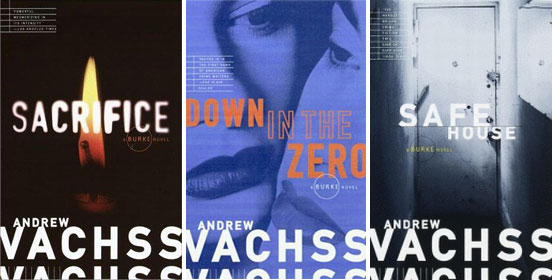

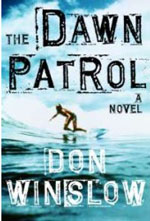 Don Winslow is becoming one of my favorite authors. “The Winter of Frankie Machine” is the best book I’ve read in 2010. “The Life and Death of Bobby Z” was pretty good. And now I’ve finished “The Dawn Patrol.” All are Vintage/Black Lizard imprints.
Don Winslow is becoming one of my favorite authors. “The Winter of Frankie Machine” is the best book I’ve read in 2010. “The Life and Death of Bobby Z” was pretty good. And now I’ve finished “The Dawn Patrol.” All are Vintage/Black Lizard imprints.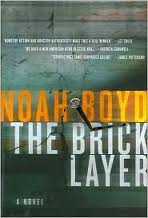 “The Bricklayer” is Noah Boyd’s debut novel, and it’s a great one. Lee Child, James Patterson, and Patricia Cornwell all praise the book in cover tributes.
“The Bricklayer” is Noah Boyd’s debut novel, and it’s a great one. Lee Child, James Patterson, and Patricia Cornwell all praise the book in cover tributes.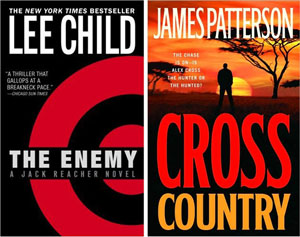 On vacation, I read three books. Not a very impressive output, by my standards, and certainly fewer than I expected to read. But three it was. And here are two of them.
On vacation, I read three books. Not a very impressive output, by my standards, and certainly fewer than I expected to read. But three it was. And here are two of them.



